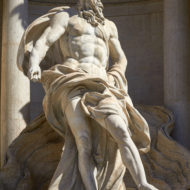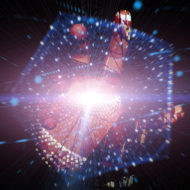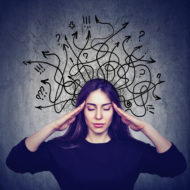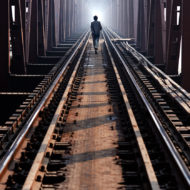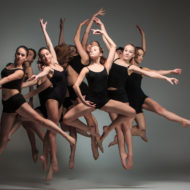
The cardinal directions – up and down, right and left, forward and backward – form our most basic cognitive map of the space around the body. But according to Laban, the first fact of space-movement is “innumerable directions radiate from the center of our body and its kinesphere into infinite space.”
In other words, our cognitive map of space is highly simplified. Real movement through space is much more complex, full of deviations and deflections from the cardinal directions.
Laban engaged in a detailed yet patterned study of these innumerable lines of motion. … Read More

